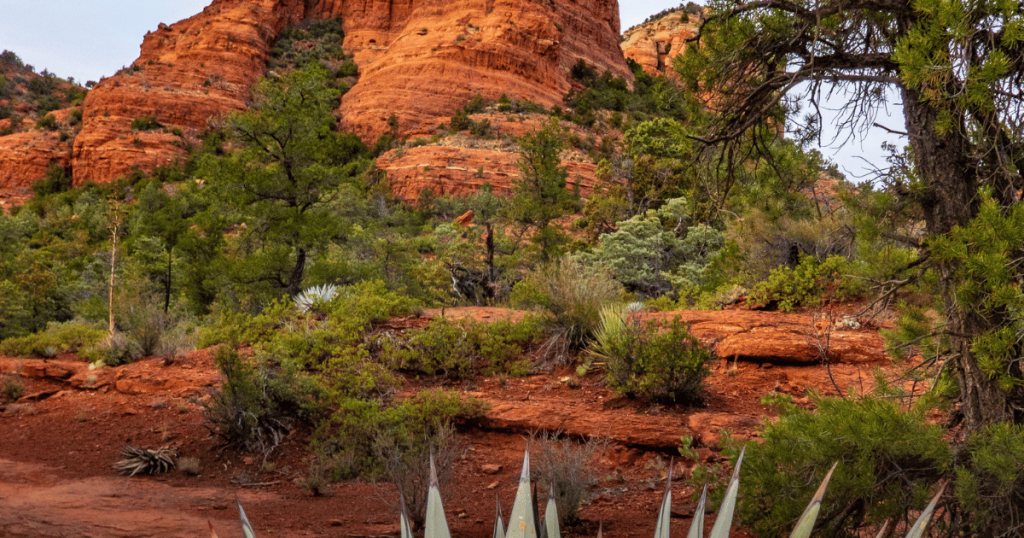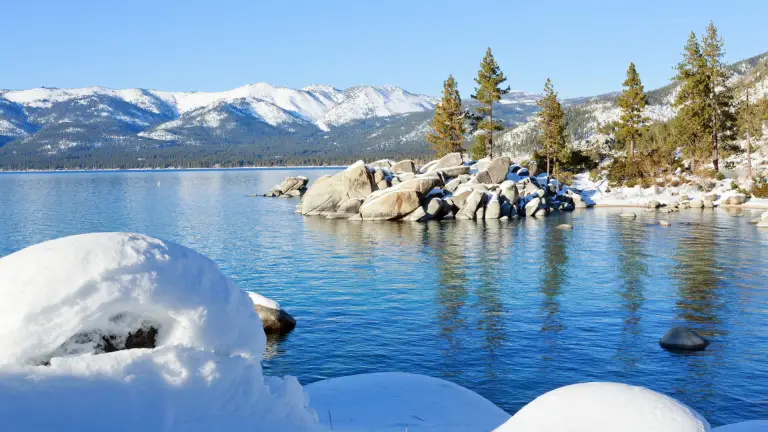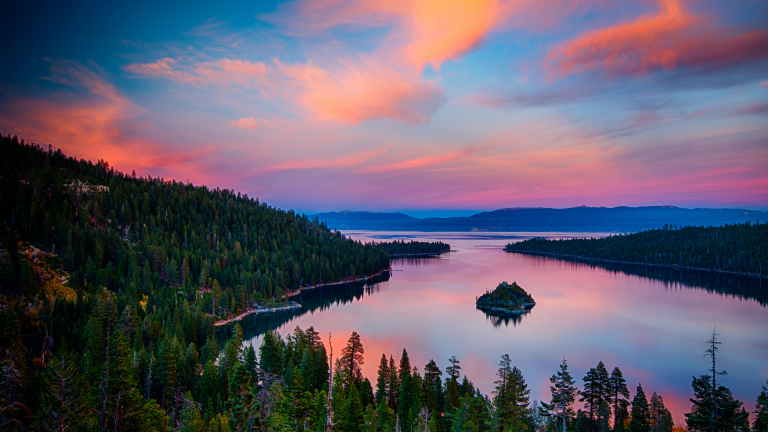Sedona Wildlife Safari: A Nature Enthusiast’s Paradise
Nestled in the heart of Arizona, Sedona is known for its stunning natural landscapes, including its towering red rocks, serene canyons, and vibrant forests. However, beyond its picturesque scenery lies a vibrant ecosystem that is brimming with a variety of unique wildlife species. In this blog post, we’ll take a closer look at some of the fascinating Sedona wildlife.

Fauna in Sedona
Sedona is home to a diverse range of fauna, including mammals, birds, reptiles, and amphibians. The mild climate and diverse terrain make it an ideal habitat for these creatures to thrive.
Mammals
Among the mammals you might encounter during your visit to Sedona are the mule deer and bobcats. The mule deer is a native species that is easily recognizable, known for its large, mule-like ears. These deer are often seen grazing in the early morning or late evening. Bobcats, while more elusive, also call Sedona home. These medium-sized cats can be identified by their short bobbed tail.
In the face of rapid urban development and increased human activity, Sedona has taken substantial measures to ensure the conservation of its larger mammal population. Key initiatives include habitat preservation, regulation of hunting activities, and public education programs aimed at promoting coexistence with these majestic creatures. These efforts have gone a long way in maintaining the balance of Sedona’s rich ecosystem, preserving its unique wildlife for future generations to enjoy.
Avian Life
Sedona is a paradise for bird lovers, hosting over 200 species of birds. The diverse habitats range from riparian areas, and pinyon-juniper woodlands, to high deserts, making it an ideal environment for various bird species.
Sedona is also a hotspot for many rare and migratory bird species. The elusive Elegant Trogon, a rare bird that migrates from Mexico, has been spotted here. Additionally, Sedona is a critical stopover for birds migrating along the Pacific Flyway, including the Western Tanager and the Warbling Vireo. The change of seasons often brings a delightful change in the bird species, making every visit unique.

Reptiles
Sedona’s diverse and thriving ecosystem also includes an array of reptiles. Commonly spotted reptiles include the Western Diamondback Rattlesnake and the Gila Monster. The Western Diamondback Rattlesnake, known for its distinct diamond pattern, is one of the most common snake species in Arizona.
Unlike its relative, the Gila Monster is one of the few venomous lizard species in the United States, identified by its thick body and striking black and pink pattern. The reptilian inhabitants of Sedona are an integral part of the ecosystem, playing roles in pest control and serving as indicators of environmental health.
Amphibians
Amphibians, though less visible, are equally crucial contributors to Sedona’s ecosystem. The Sonoran Desert Toad and the Red-spotted Toad are among the amphibian species you might encounter in the area. These creatures play a pivotal role in maintaining the balance of the ecosystem, as they are both predators and prey.
They feast upon insect populations, helping to keep them in check, while also serving as an important food source for larger predators. Moreover, amphibians are excellent bioindicators, with their permeable skin and eggs making them sensitive to changes in the environment, thereby signaling potential ecological issues early on.
Best Wildlife Viewing Spots
One of the best ways to experience the diverse wildlife of Sedona is by visiting some of the region’s most popular wildlife viewing spots.
- Red Rock State Park: With its lush riparian habitats, Red Rock State Park is a great location for spotting a variety of wildlife, including deer, bobcats, and a wide variety of birds. The park’s network of trails allows for easy exploration and wildlife viewing.
- Oak Creek Canyon: This deep, river-carved canyon is a haven for several bird species, making it an ideal spot for birdwatching. Keep an eye out for the elusive Elegant Trogon along the creek’s banks.
- Dead Horse Ranch State Park: Despite its ominous name, this park is a lively spot for wildlife viewing. Its lagoons and rivers attract many amphibians and reptiles, including the Sonoran Desert Toad and the Red-spotted Toad.

Wildlife-Friendly Activities
In addition to observing the wildlife in their natural habitats, there are numerous wildlife-friendly activities that visitors can engage in to further enrich their experience in Sedona.
- Nature Photography: With its stunning landscapes and diverse wildlife, Sedona provides ample opportunities for nature photography. Capture the beauty of the region, but always remember to maintain a safe and respectful distance from the wildlife.
- Birdwatching: Sedona’s diverse bird population makes it an excellent spot for birdwatching. Consider joining a local birdwatching tour to learn more about the species you are observing.
- Guided Wildlife Tours: Participate in guided wildlife tours. Guided tours offer a wealth of knowledge about the local wildlife and ecosystems, and they are often led by experienced naturalists who can provide a deeper understanding of the region’s biodiversity.
- Hiking: Hike along the many trails in Sedona. While exploring, you will not only enjoy the scenic vistas but also have a chance to spot wildlife in their natural environment. Remember to stay on marked trails to minimize disturbance to the wildlife.
- Volunteering: Many local organizations in Sedona are involved in wildlife conservation efforts and welcome volunteer help. Volunteering can be a rewarding way to contribute to the protection of the local wildlife.
- Educational Programs: Participate in educational programs offered by local nature centers or parks. These programs often include talks, presentations, and guided tours that provide valuable insights into the wildlife of Sedona.
Endangered Species in Sedona
Amidst the wildlife diversity in Sedona, several species are facing the threat of extinction and are hence categorized as endangered. One such species is the Southwestern Willow Flycatcher, a small bird that relies heavily on riparian areas, which are becoming increasingly scarce due to human activities.
Another species on the brink is the Mexican Spotted Owl. This nocturnal bird faces habitat loss due to logging and urban development. The Northern Arizona Gartersnake, once common across the region, has seen its population decline due to the loss of riparian habitats.
Conservation efforts are currently underway to protect these species and their habitats. It’s crucial to respect all wildlife and their habitats while visiting Sedona, especially these endangered species, as our actions can significantly impact their survival.

Flora-Wildlife Interactions
The flora and fauna of Sedona are intricately connected, with plants providing crucial resources for the wildlife.
Native Plants Supporting Wildlife
The native vegetation of Sedona plays a vital role in supporting the local wildlife, forming the backbone of the region’s diverse ecosystems. From the towering Ponderosa Pine trees to the resilient Prickly Pear Cacti, these native plants provide essential resources for wildlife, including food, shelter, and breeding grounds. For example, the berries of the Juniper trees are a key food source for many birds, while the dense thickets of Scrub Oak provide shelter for small mammals and reptiles.
Maintaining these natural habitats is crucial for the survival and health of Sedona’s wildlife. Natural habitats offer a sanctuary for wildlife to thrive and reproduce, ensuring the continuation of species and preservation of biodiversity.
Moreover, these habitats also support complex food webs and ecological processes, like nutrient cycling and pollination, which are essential for the health of the environment as a whole.
Therefore, conservation of these natural habitats, and the native vegetation within them, is not only vital for the wildlife they support but also for the broader ecological health and resilience of Sedona.
Final Thought
Sedona’s rich biodiversity is a testament to the enduring beauty of nature. Its diverse wildlife and native flora make it a captivating destination for nature enthusiasts, birdwatchers, and wildlife photographers alike. The region’s wildlife-friendly activities encourage interaction with nature, fostering an appreciation for its intricate ecosystems.
However, amidst the awe-inspiring biodiversity, the conservation of endangered species and their habitats is a pressing issue. The balance between enjoyment and preservation is delicate, and it is incumbent upon each visitor to respect this balance. As we revel in the beauty of Sedona, let’s also remember our responsibility to preserve it for future generations. After all, conservation is the greatest gift we can pass on to our descendants.






